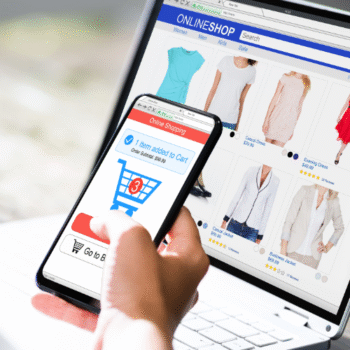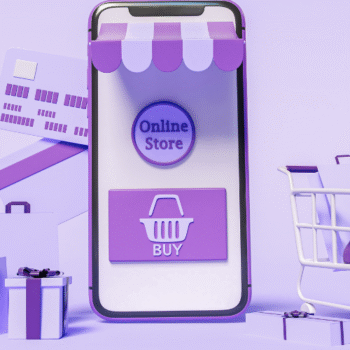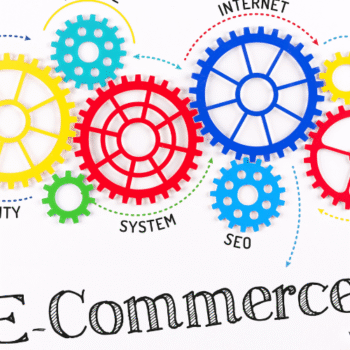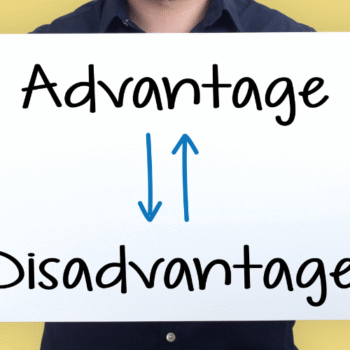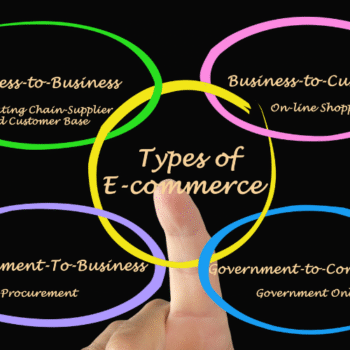Driving organic traffic is the key to staying ahead if you’re managing an enterprise e-commerce site in India’s booming digital market. As of May 22, 2025, with the Indian e-commerce sector projected to reach $200 billion by 2026 (per recent industry reports), optimizing your site for organic growth is more critical than ever. Organic traffic...
Author: fashusrtzly
Revolutionizing Your E-commerce Business: How AI Can Transform Growth in 2025
If you own an e-commerce shop in India, you know how busy and competitive the digital marketplace is. You may also know that Artificial Intelligence (AI) technology transforms how online shops interact with customers and make sales. As of May 21, 2025, excelling in today’s market means that AI isn’t just a vision of the...
Optimizing E-commerce Product Pages for SEO Success
In the competitive world of e-commerce, a well-optimized product page can make the difference between a sale and a missed opportunity. Search engine optimization (SEO) for product pages is not just about ranking higher on search engines; it’s about creating a seamless user experience that drives conversions while appealing to search algorithms. This guide explores...
Mastering Enterprise E-Commerce SEO: Strategies for Success in India
In a fast-paced e-commerce environment, being recognized in a crowded digital market is no simple task, especially for enterprise businesses in India. With millions of online shoppers and competition, a solid SEO strategy will help to drive organic traffic, increase conversion, and expand your e-commerce empire. This guide focuses on what an effective enterprise e-commerce...
Expand Smart: 5 Key Mistakes to Avoid When Adding New E-commerce Channels
Expanding your e-commerce business by adding new sales channels can open doors to more customers and higher revenue, but it’s a move that requires careful planning. Done wrong can lead to wasted resources, frustrated customers, and even damage to your brand. Inspired by insights from Search Engine Land, this article highlights five critical mistakes to...
Boost Your E-commerce SEO: Top Tips and Tools for Bulk Product Optimization
Optimizing product pages for search engines is a game-changer for e-commerce businesses looking to drive traffic and increase sales. When you manage hundreds or thousands of products, bulk optimization becomes essential to save time while ensuring your online store ranks higher on search engines like Google. Inspired by insights from Search Engine Land, this article...
What Are the Advantages and Disadvantages of E-commerce?
In an increasingly digital convenience-driven world, e-commerce has been the game-changer. From paying for groceries with the touch of a button to starting a fashion brand in your living room, online shopping has revolutionized the way we interact with businesses. But as with any innovation, it has its own pros and cons. Understanding the benefits...
A Comprehensive Guide to the Different Types of E-commerce in India
The Indian E-commerce market has exploded over the past decade. From ordering groceries on your smartphone to buying custom-made jewelry from a small seller in Jaipur, digital commerce has touched every corner of the country. But as the industry grows, so does the confusion around the many models of E commerce out there. If you’re...
Effective Strategies for Cart Abandonment Prevention in Jewellery E-commerce in India
Cart abandonment is a significant issue in jewellery e-commerce business in India. It immensely affects the client’s shopping experience and the primary concern of jewellerys e-commerce business. In this blog entry, we will talk about viable strategies to forestall cart abandonment in jewellerys e-commerce business in India with the help of Repute, the best e-commerce...
Ecommerce Marketing Agency: Choosing the Right Partner for Your Business
Most ecommerce businessmen who deal with products like textiles, cosmetics, leather, electronics, accessories, etc. need the help of a good ecommerce marketing agency to successfully sell their products to their target audience. However, they might be struggling to find the best-suited ecommerce agency that can help yield the expected sales toward their brand. Discover the...

